This first post is going to be about what we come to call the “2nd space age”. What it is, how we got here, and what is possibly next. A lot of discussion about this tends to focus on the individual companies and government programs that were stood up as well as the personalities behind them. It can be very entertaining but I think it obfuscates a major, if not the most important part of the story. At the end of the Cold War space technology went from being a major driver of technological innovation to being a major recipient of innovation happening in other sectors. This fundamentally changed the engine driving progress in space and resulted in the very different world we find ourselves in.
I like to think of space technology as being made up of 3 main capabilities that I call stacks:
- Rocket Stack: All the capabilities required to access space and transit to where you are conducting your mission. (launch vehicles, tugs, landers, etc.)
- Mission Stack: Everything needed to actually carry out your mission (satellites, payloads, ground systems, mission management tools)
- Value Stack: The things your mission does to justify its development and continued existence. (exploration, military, commercial)
The more capability we have in each stack the more things we can do in space. At one point there simply wasn’t any space technology. That all changed in the 50s, 60s, and 70s when the original space race between the United States and the Soviet Union caused the rapid build out of space capabilities. I call this initial space technology ecosystem Space 1.0. The Space 1.0 generation were the people who built NASA, the NRO, GPS, and the GEO satellite industry. They taught us everything we know and we owe them a debt of gratitude.
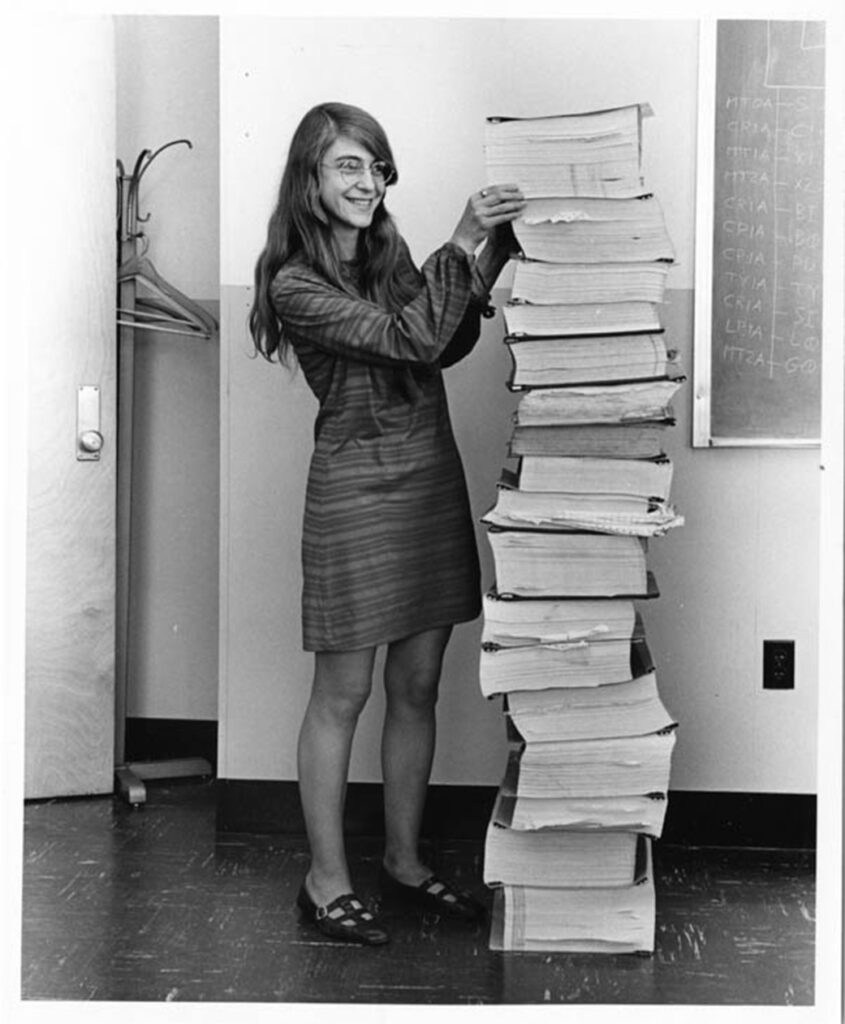
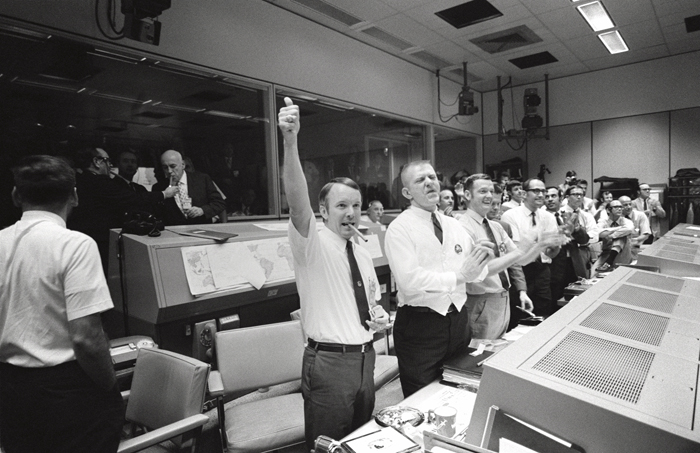
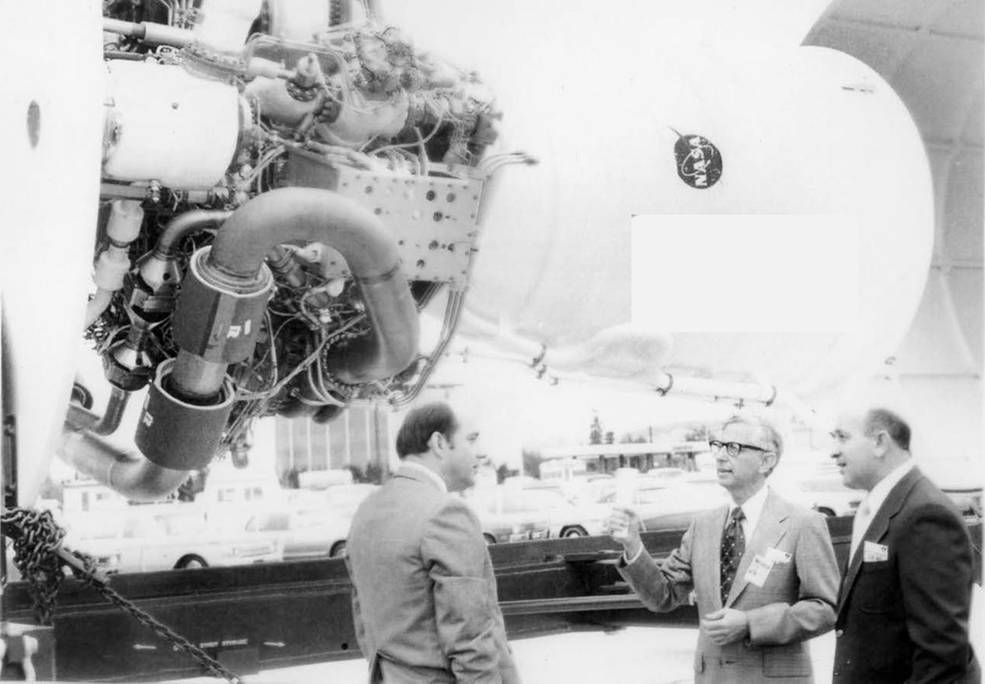
The contest with the Soviets effectively put the United States on a war footing for over 40 years. Value Stack 1.0 was clear, space technology had to directly support a defense application or be used to show U.S. technological preeminence. This is why Rocket Stack 1.0 is almost entirely derived from ICBMs and heavily optimized for military missions. This is also why Mission Stack 1.0 focused almost exclusively on remote sensing (i.e. reconnaissance & weather) or communications. Capabilities that would be game changing in a time of war.
Because there was almost no industrial base or supply chain for these systems the contractors and government agencies building Space 1.0 had no choice but to make everything from scratch. Agencies like NASA were fashioned not only as institutions that built hardware and flew missions but also as R&D shops that developed the underlying technology to do so. It was a winning combination that worked during the Manhattan Project, a program that was within living memory of those who built Space 1.0. Developing new tech from the lab to flight is expensive and the cost of Space 1.0 programs shows this. All well and good when there is an existential threat that can be used to justify any amount of defense related spending.
The collapse of the Soviet Union meant the end of the war footing and the large scale government spending that came with it. Those building space technology could no longer justify Manhattan Project levels of spending on basic research. Government agencies like NASA and SDIO had to embrace a mantra of “faster, better, cheaper” encouraging engineers to get creative. One thing working in everyone’s favor was all the Cold War surplus lying around in the 1990s. An entire generation of space companies (Orbital Sciences, Kistler, etc.) was built on modifying things like ICBM motors or Russian booster engines. Most importantly these were some of the first companies to develop substantial space systems outside of the Cold War funding environment and make a profit.
That said, the most important and enabling development of the 1990s was computers or as we engineers like to say “compute”. Although NASA and the DoD were some of initiators of the computer industry, by the 1990s the PC revolution had made processing power an industrial commodity. Things that would have been impossible in the 1960s, like pinpoint landing of a rocket, could now be achieved with off the shelf hardware. Ubiquitous onboard processing meant that satellites could be much smaller and have software defined systems that were more versatile and capable than the relay based systems of Space 1.0. Computer aided design, metrology, and manufacturing meant that a single engineer at a desk could do a job that would have once required hundreds. Most importantly commercial competition in the PC, gaming, and telecommunications industries meant that it was all getting cheaper and more capable with each passing year. Compute was the main enabler of Space 2.0. In the 1990s and early 2000s we actually did learn to run Manhattan Projects faster better and cheaper.
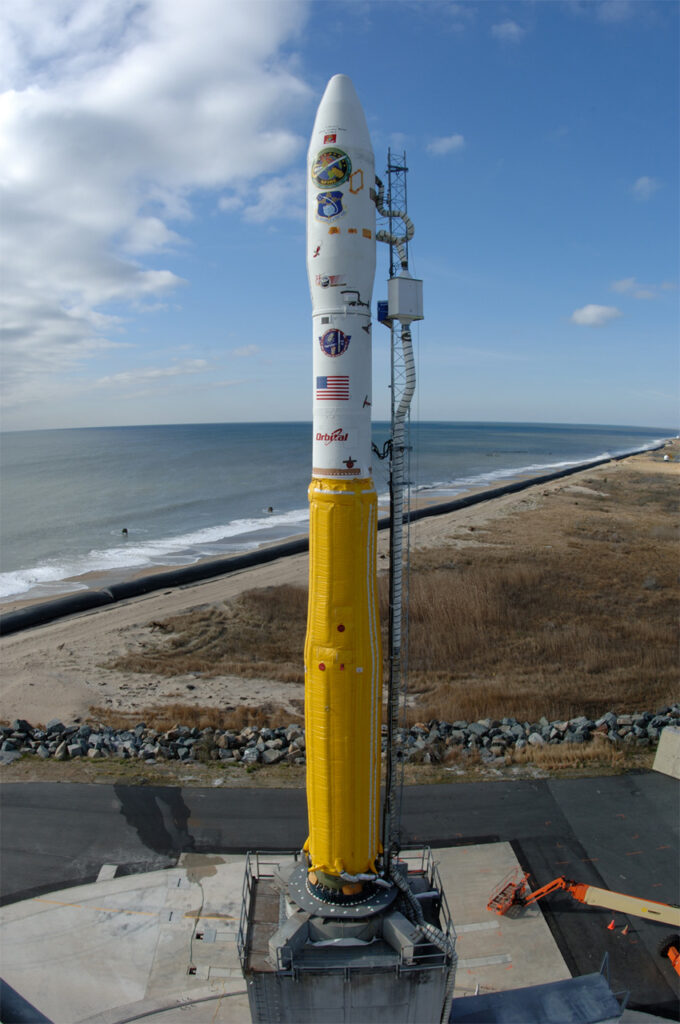
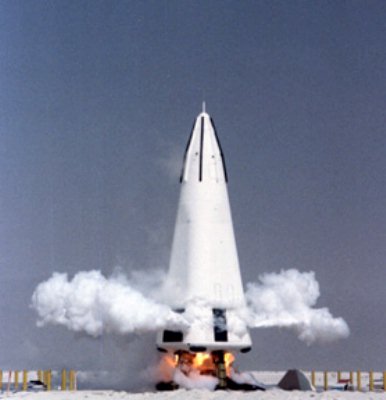
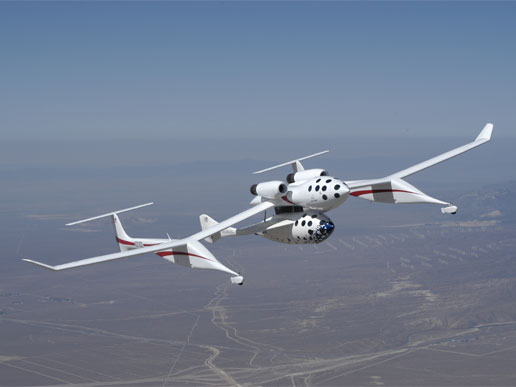
The story from there is well known. Entrepreneurs like Elon Musk and Paul Allen saw an opportunity to do something transformative in space and founded companies to take advantage of that opportunity. Government officials like Lori Garver and Dan Rasky saw the entrepreneurial energy and structured programs at NASA to accelerate and take advantage of it. 20 years on these public private partnerships have transformed the way agencies like NASA do their business and have led to tremendous growth in the launch and satellite sectors.
This does beg a question, why was it the likes of Orbital Sciences, SpaceX, and Planet who led the charge? Why not the legacy Space 1.0 contractors like Boeing and Lockheed? These older companies all established their space divisions at the height of the Cold War to serve an almost exclusively government customer and therefor relied on the government to fund almost all of their R&D efforts. When that source of funding goes away at the end of the Cold War these legacy contractors were now required to fund much of their own R&D and had to be more judicious with the investments they made. Although faster better and cheaper, most Space 2.0 systems still take years to build and are capital intensive. Publically traded companies are ultimately responsible to their shareholders who expect returns on a quarterly basis. The legacy contractors therefore have every incentive to be risk adverse and pursue easy wins such as cost plus contracting or programs for which they have an existing product offering. Startups and private firms were better suited to the post-cold war environment as their investors tend to have longer time horizons (years). They had every incentive to seize the opportunities of Space 2.0.
So if that is how we got here, what’s next? Space 2.0 has unleashed certain forces and Space 3.0 is what will happen when a new generation arises to take advantage of them. I like to think of Space 2.0 as where the satellite industry really entered its own. Space 1.0 commercial satellites tended to be riffs off of a capability originally developed for the military such as GEO communications. These Space 1.0 platforms were not really optimized for cost (it was a war after all) and were limited in what they could do. The development of low cost satellites, beginning with the CubeSat program, taught an entire generation a different, low cost way to build spacecraft. This led to a series of startups built around this new technology and in 2014 the satellite industry had its first major “exit” when Skybox was acquired by Google. This was followed by the launch of several satellite internet projects which only led to further financial interest. To quote a pal in the tech industry, demand for broadband is functionally infinite which implies that the demand for launching broadband satellites is also functionally infinite. The market realized this and funded dozens of launch companies. As long as we have people and those people want to communicate with each other we are going to have a need for satellites and rockets. I don’t think that was true 25 years ago and I think that is amazing. It is an innovation in the Value Stack that is going to drive a race to the bottom for the parts of the Rocket and Mission stacks around satellites. I feel that this may be as big for space development as the Cold War once was.
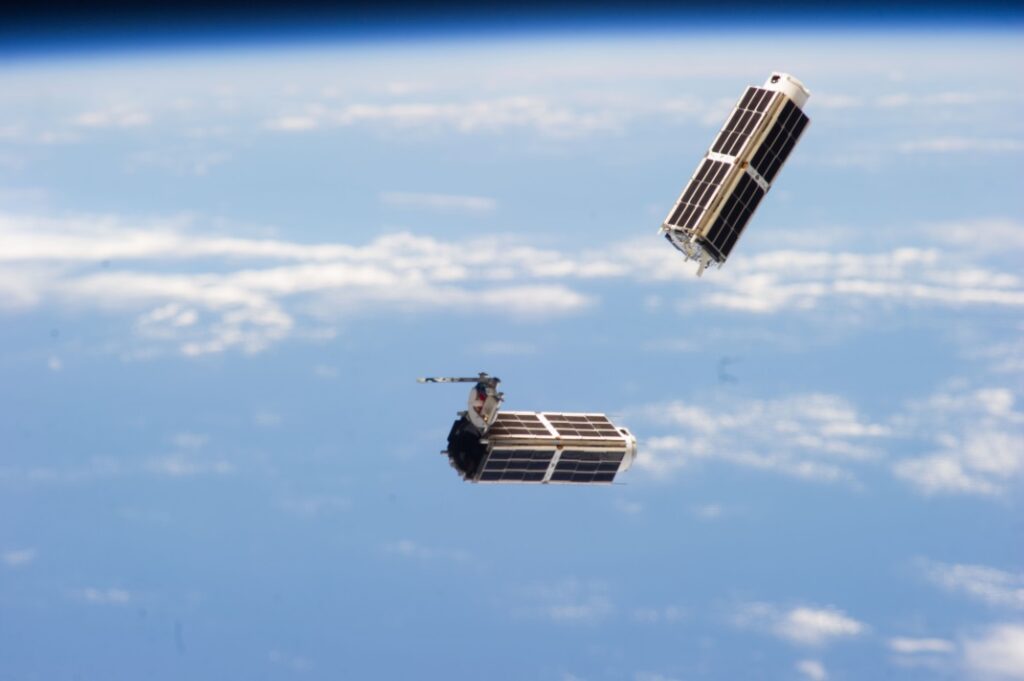
Space 3.0 will be enabled by the lifting of constraints. The constraints of spacecraft mass and fairing volume because of fully reusable heavy lift vehicles. The satellite infrastructure built during Space 2.0 will effectively end communications constraints making spacecraft one of many connected devices on the internet. The supply chains needed to build all these satellites are going to make many components as cheap as car parts. Machine learning is going to have a huge impact on all parts of Space 3.0 but I am most excited about what it means for the Mission Stack. Mission Operations are going to transition from standing armies of people to rooms of people advised by models.
What this is ultimately going to allow is for small teams to do big things. Companies that once dreamed of mass producing small cheap satellites are now going to try their hands at larger more capable platforms like GEO birds or even space stations. Students and researchers who were once only able to afford cubesats in LEO are going to be doing research on the Moon. The Moon is going to be a major thrust of Space 3.0. It is where the culture and the country seem to be going. I have heard it said before that the Moon today feels a lot like where satellites were in the 90s. I am a bit unsure of this. Although the contracts are commercial, the Artemis missions have only one customer, NASA. I don’t feel that this is the dawn of a vibrant lunar industry. In many ways we’re taking care of unfinished business from Apollo, finally able to resume our initial exploration now that technology has caught up with us.
In space manufacturing is going to be a wild card for Space 3.0. Multiple pilot efforts are underway both on ISS and in free flying satellites. If only one demonstrates commercial viability it would open up an entire new part of the Value Stack. Initial applications would likely focus on small high value materials and pharmaceuticals. Recent announcements by the folks at Varda indicate that production quantity would be small, only a few hundred kg a year in the medium term. Selling space manufactured goods would be incredible but it likely won’t shift the tide of the space industry anytime soon.
Whether human spaceflight becomes a commercially viable industry in Space 3.0 like satellites and launch did in Space 2.0 remains to be seen. Even with a 10x reduction in the cost of launch we are still talking about a ticket price measured in the low millions. It would still be an experience reserved for government employees and wealthy adventurers.
And what beyond Space 3.0? When I think of a Space 4.0 I don’t think of it in terms of capabilities that will be around but problems that we will have to solve to grow beyond Space 3.0. When it comes to the Rocket Stack I feel that the major challenge after reuse is frequency. Current launch infrastructure at the Cape and elsewhere can only grow to support so many launches a year and eventually become a constraint on the growth of the space industry. Rocket Stack 4.0 technology may try to circumvent this constraint by launching from seaborne platforms or developing vehicles that can launch from an airport instead of a dedicated launch site.
With reusable heavy lift enabling large mass and volume margins, spacecraft power is possibly going to be the last major constraint. Solar arrays and batteries work fine for the types of satellites we have now but they don’t scale well for the kinds of infrastructure that will be begun in Space 3.0. I think that this is the time when we are going to get serious about capabilities like nuclear fission and advanced radiators. High power is going to enable all kinds of things from ISRU to human voyages to the outer planets.
A lot is going to change but we should also keep in mind what isn’t. The Rocket Stack is going to continue to get more efficient but it will still be based on rockets. We may build systems that operate with a financial efficiency similar to airliners, where the cost of fuel dominates cost of operations, but these will still be systems subject to the Rocket Equation and its tyranny. A cheap rocket might always just be harder to work with than a cheap airplane, train, ship, or truck. Space itself remains as it always was. It will continue to push people and technology to its limits. I fully expect it to be like other high tech industries where it’s always going to require legions of talented specialists. No one makes computer boards in a garage anymore, why would we expect the same to be true with space systems? What business models are going to support continued large scale investment in R&D?
| Space Innovation Cycle | Time Period | Rocket Stack | Mission Stack | Value Stack |
|---|---|---|---|---|
| Space 1.0 | 1960s-1990s | National launchers with military heritage | Government mission control centers, one off spacecraft, commercial GEO busses. | Reconnaissance, Weather, Communication, Navigation, Science, National Pride |
| Space 2.0 | 1990s-2020s | Commercial launch vehicles, commercial crew & cargo vehicles. | Small satellites, digital satellites, distributed ground stations. | Commercial Remote Sensing, Broadband, Space Logistics |
| Space 3.0 | 2020s-2040s | Commercial fully reusable heavy lift, space tugs, lunar landers, depots. | Ubiquitous in space internet, satellites as a service, AI. | In Space Manufacturing, Adventure Travel, LEO Research, Lunar Exploration |
| Space 4.0 | 2040s-? | High cadence reusable heavy lift, scalable launch infrastructure, ISRU. | Autonomous robotics, power hubs, ISRU, habitats. | Tourism, Mars Exploration |
Where this is all going to go I cannot say. At some point our current commercial paradigm is going to run into limits just as Space 1.0 did. How far we go before that happens remains to be seen. Even if this generation isn’t the one that will mine the asteroids or put colonies on Mars a lot of amazing stuff is going to happen. This is only just the beginning.
